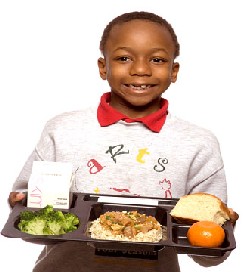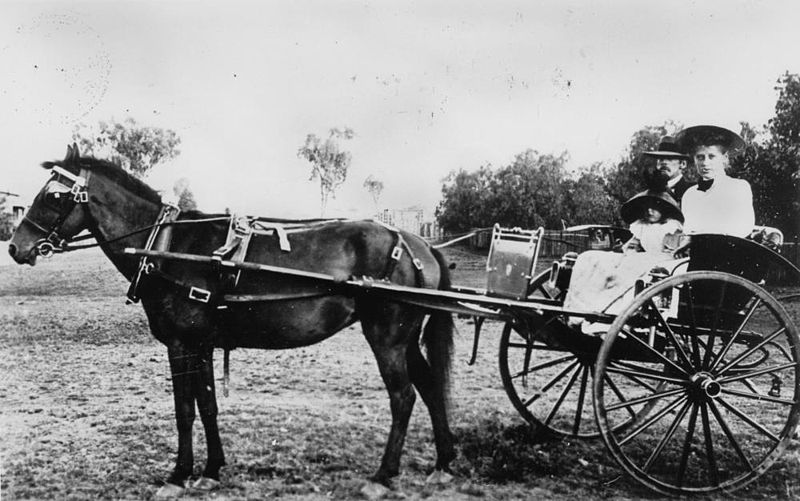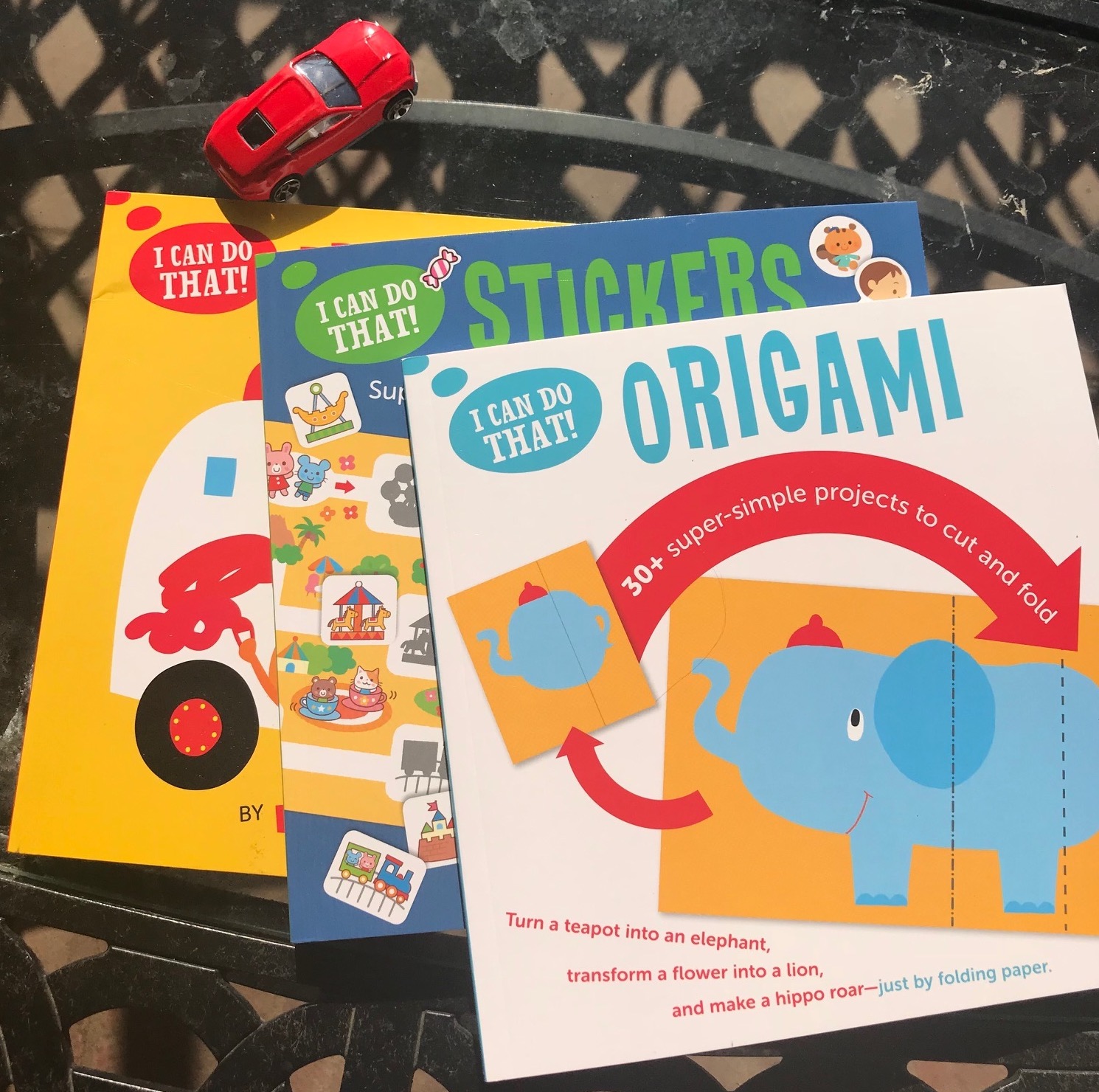School Lunches: Do You Know How Long Your Child Has To Eat?
My mother was a notoriously slow eater. Often we would all gulp down our meals and be ready to bolt when she’d lay down the law and say, “You are NOT leaving this table until everyone is finished!” Everyone meant her and I’m sure my brother and I rolled our eyes and groaned.
“You need to chew each bite well and give your stomach time to know when it’s full,” she’d say. Once again, mom was right.
The Problem With Eating Slow
Ask any teacher how long they have to eat lunch and I can almost guarantee you they will say “Not long enough.” These days educators and school administrators are like green beans.
Green beans? That’s right.
I cook green beans in a pressure cooker. Ever seen one of those? When the pounds of pressure reach a certain level the pot jiggles and I time my beans to know when they are ready. That’s the sort of atmosphere that many schools operate under and the pressure just keeps increasing. How do I know? Because not only am I a teacher, most of my relatives and friends are too.
Not only are we asking teachers to (1) save the world one child at a time (which any teacher would gladly do if they only could),(2) make sure that every child can excel on specific standardized tests (reach proficiency), (3)attend more meetings than Congress ever thought about attending while getting paid less than any Congressman would be willing to work for…we ask them to eat lunch in fifteen minutes!
Back to the children
Sorry, I got on a teacher rant there. While it’s hard for adults to swallow their lunch in fifteen minutes, it’s worse for children. The average elementary school student gets 20 minutes for lunch. Think about that. If you know children you know that if you give them 20 minutes to wash their hands, walk to the lunchroom, get their tray, pay, eat, talk and take their lunch tray back, how much time do you think they are actually eating?
According to Anika Christ, (a registered dietitian) “Eating fast can exacerbate stomach issues and lead to overeating. Plus, it steers children away from their natural hunger and fullness cues.” The article goes on to state that most nutrition professionals teach that it takes at least 20 minutes for the brain and stomach to communicate that the body is full and when children don’t get more than 20 minutes to eat lunch, their focus on eating and feeling full is lost. This creates bad habits that can follow them into adulthood. (I can hear my mom up in heaven saying AMEN).
You can read Anika’s whole article here http://lifetime-weightloss.com/blog/2011/4/1/have-school-lunch-periods-become-cram-sessions.html
USA TODAY sounds the alarm bells
The Healthy, Hunger-Free Kids Act of 2010 directs the U.S. Department of Agriculture to set new nutrition standards for all food served in schools. Great! But if they don’t have enough time to eat it what difference does it make?
Put a plate full of nutritious food in front of a child who only has a few minutes to eat and what happens? They grab a cheeseburger or chicken nuggets and leave the fruits and vegetables to last. If they don’t have time to eat them then the stuff that’s really good for them goes in the garbage.
Then there are schools that for whatever reasons schedule recess time for right after lunch. Again, if you know children you know that most kids had rather play than eat. They will rush through a meal to get back outside and play. If recess is right after lunch at your child’s school they may not eat as much as they would if they had already had their break. One study found that overall food waste decreased from 40.1 percent to 27.2 percent when recess was held before lunch.
Why is the lunch period so short?
Remember the pressure cooker I mentioned earlier? Ask a few principals of public schools how they can do all they are mandated to do within the limits of the school day and they will tell you they have to cram something into every single minute.
These days if it isn’t related to academics, forget it. It isn’t going to happen. Art and music programs…cut. Physical education for every grade level….can’t do it. Field trips….can’t afford it. Pep rallies….not educational. Fun….that’s for after school only.
Sadly educators are forced to reason that if a teacher can’t teach something while the kids are eating lunch then we are wasting valuable minutes.
The USA TODAY article I mentioned http://yourlife.usatoday.com/parenting-family/story/2011/08/Cutting-short-lunch-time-in-school-may-lead-to-obesity/50027612/1 concludes by saying, “When people look back on the childhood obesity epidemic in this country and wonder how it spiraled out of control, they may blame the way kids were rushed to eat too fast, not just at school but at home.”
I could go on and on about the importance of meal time (at school and at home) and I guess you can tell by this post that I get hopping mad about things that I think are not right, fair, etc. especially when it effects children.
Parents and Grandparents
We have to become more vocal about public education. Our government (national and state) just keep turning the heat up on teachers and schools and expecting them to solve societies problems in the classroom and it isn’t going to happen!
So many times our government makes decisions without thinking through the consequences. Childhood obesity can NOT be addressed merely by improving food quality. Children (and adults) have to have enough time to eat (and a trip to the bathroom would be nice). And while the emphasis on academics is needed (at reasonable levels) cutting physical education classes is NOT going to help with the obesity problem.
Weigh In On This Topic
And let your voice be heard!
What do you think we should do about this problem?
How long of a lunch period does your child have?







Excellent post! When you ask your child’s teacher or administrator how long the child has to eat, you’ll probably get an answer that tells you how long the lunch period is. You probably won’t know how much time the child gets to actually consume food unless you visit at lunchtime. Since lunchtime is also prime time for socializing, lots of kids get distracted and don’t eat very efficiently. I guess that’s why some school lunchrooms have a traffic light system. If the red light is on, no talking is allowed. But I don’t think that creates a very relaxed mood for eating, either!
Oh.. this is such a good post! Lil Allan is a notoriously slow eater, and last year he came home many, many, MANY times with half (or more) of his lunch un-eaten because he just didn’t have enough time to finish it. I actually didn’t even know that this was a problem for him for the first few months, because he had been throwing it away… so I never saw all the un-eaten food. I found out by accident one day when I asked him about a special brownie I had sent – and he admitted (so sadly) that he had to throw it away because lunch time was over and he hadn’t finished. I about blew my top (not at him, of course), and then told him to always, always bring home what was left (so he could finish it, and so I could know what he actually had to eat during the day). He was always STARVING when he got home, and quite often cranky (which is not the norm for him). I can only imagine how tough the afternoons were for him. 🙁
SO frustrating!